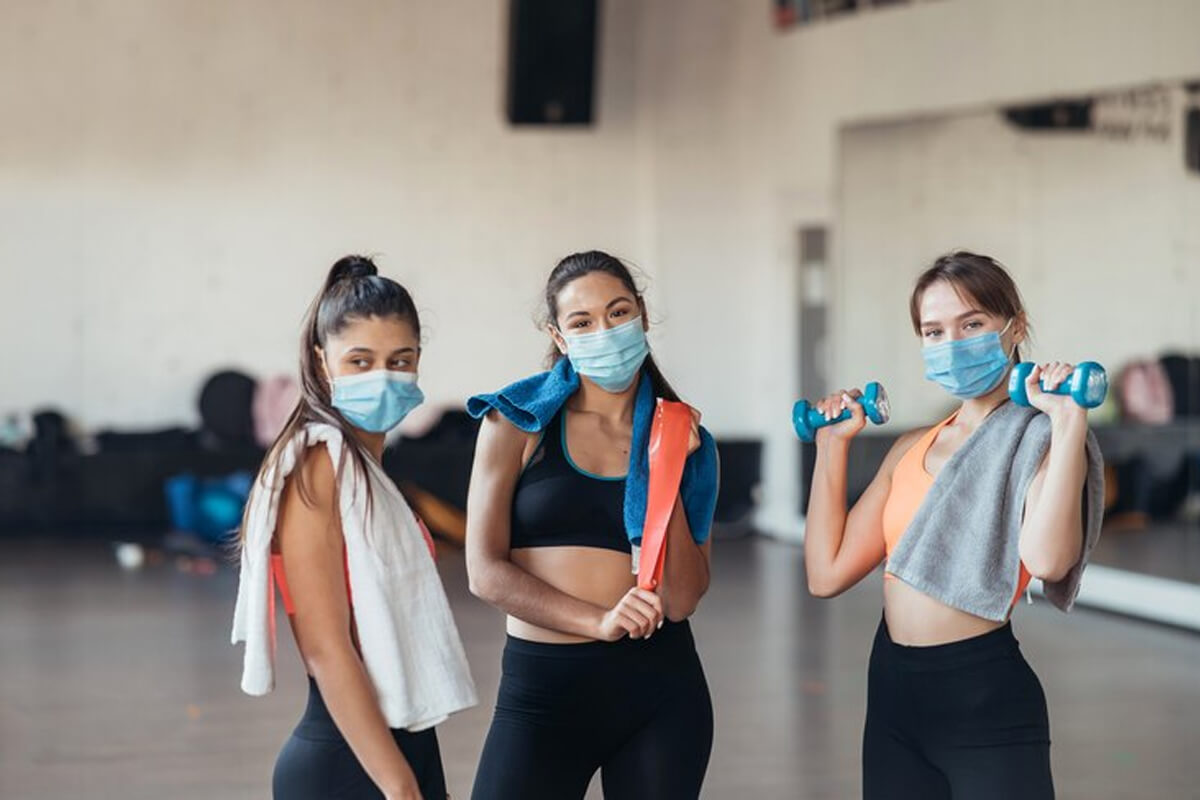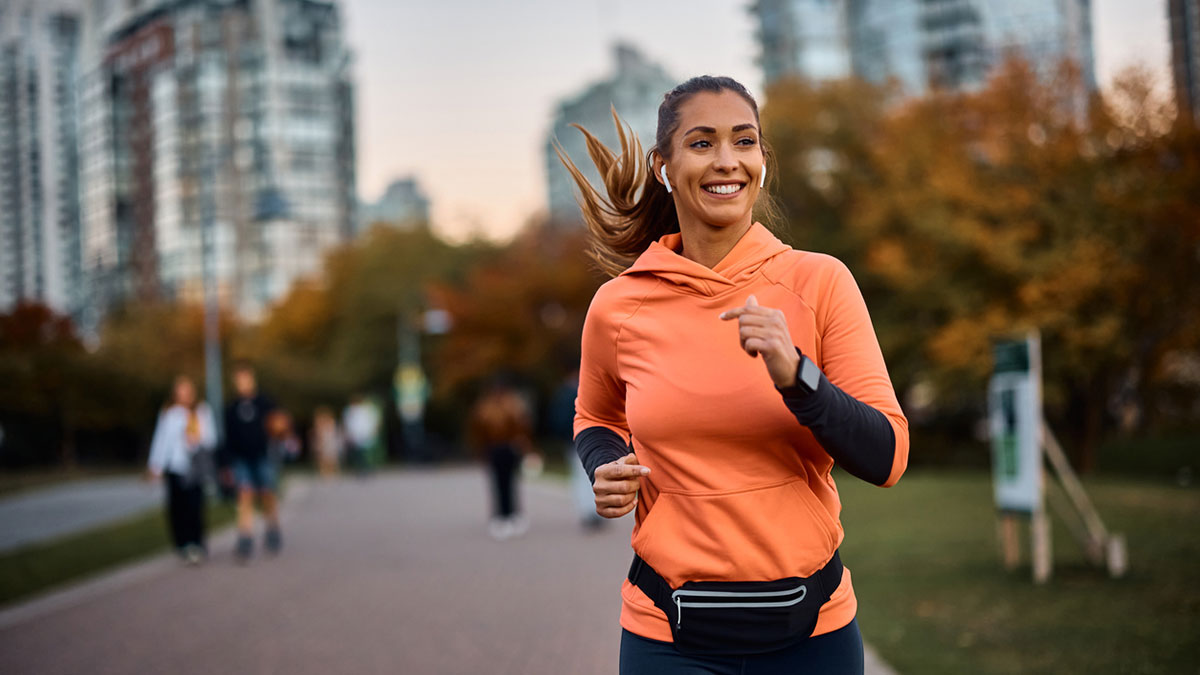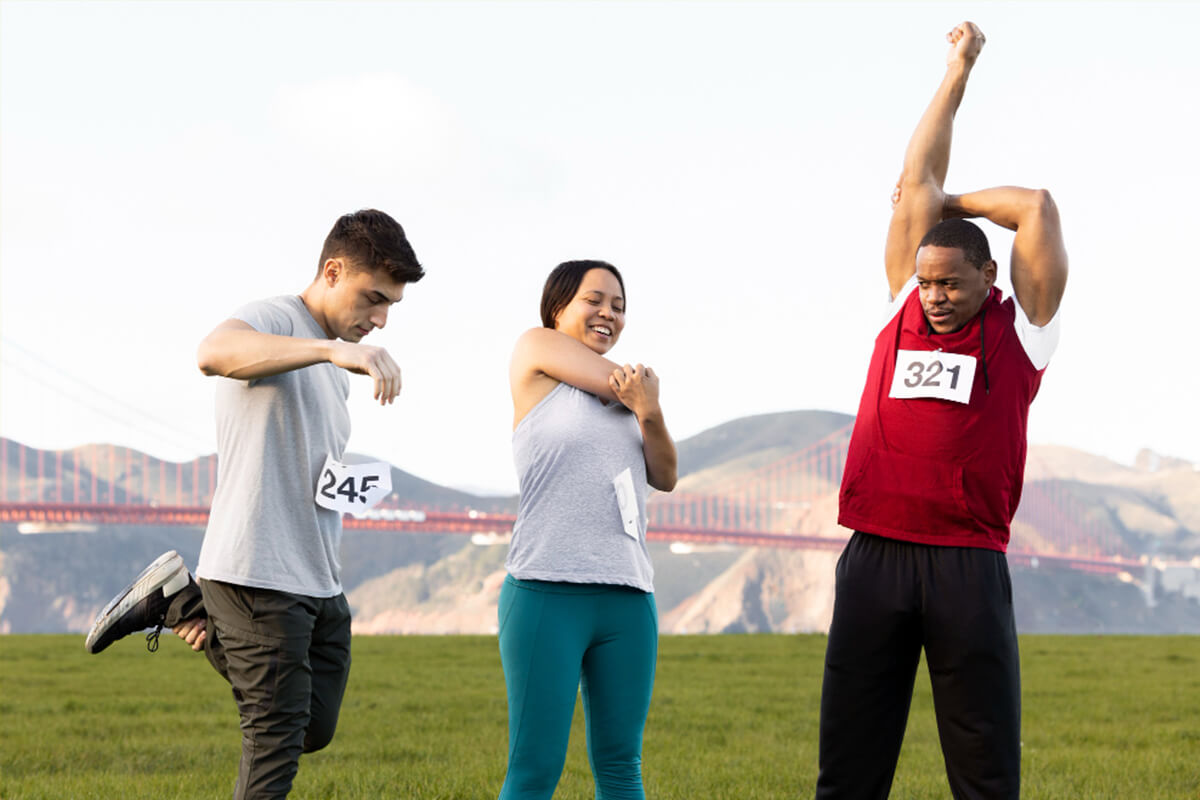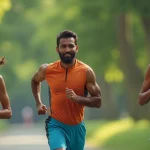In today’s fast-paced, tech-driven society, there’s been a noticeable shift in how people approach health, productivity, and personal fulfillment. At the heart of this transformation is the growing popularity of an active lifestyle—a way of living that blends fitness, recreation, and well-being into daily routines. Sports, once viewed mainly as competitive or recreational activities, are now shaping how individuals structure their lives, build communities, and define success.
Whether it’s early-morning runs, weekend hikes, yoga retreats, or evening pickup basketball games, sports have become more than just a pastime—they’ve become a lifestyle movement that influences what we wear, how we eat, where we travel, and how we spend our free time.
The Shift from Sedentary to Active Living
For years, sedentary habits have dominated modern life. Office jobs, screen-based entertainment, and convenience-driven services have led to a culture of minimal physical activity. This shift has contributed to rising rates of obesity, cardiovascular disease, anxiety, and other lifestyle-related conditions.
However, growing awareness of the health consequences of inactivity has sparked a counter-movement. People are now choosing to build movement into their everyday lives. And at the center of this evolution are sports and physical recreation.
Rather than isolating fitness to a one-hour gym session, many now seek integrated approaches—commuting by bike, joining sports clubs, walking meetings, or planning active vacations.
Sports as a Lifestyle Choice
When we talk about sports as a lifestyle, we’re talking about a holistic approach to well-being that encompasses physical, mental, and social health.
1. Physical Benefits
The physical benefits of regular sports participation are well-documented. From cardiovascular endurance and muscle strength to improved flexibility and coordination, engaging in sports supports all-around physical fitness.

Activities like swimming, tennis, cycling, and functional training also promote better posture, reduce the risk of chronic diseases, and improve immune function. Regular movement triggers the release of endorphins—our body’s natural mood boosters—which combat fatigue and stress.
2. Mental and Emotional Health
Sports aren’t just about physical gains; they also foster emotional resilience and mental clarity. Team sports teach cooperation, goal-setting, and perseverance. Solo sports like running, surfing, or rock climbing promote self-awareness and discipline.
Studies have shown that people who engage in regular physical activity experience lower levels of anxiety and depression, better focus, and improved sleep. The act of pushing past limits, winning a tough game, or achieving a personal best can boost confidence and build a powerful mindset that spills over into work and personal life.
3. Social Connections and Community
Participating in sports helps build strong social bonds. Whether it’s a soccer league, yoga class, or hiking group, shared activities create a sense of belonging. These communities provide emotional support, friendly competition, and motivation.
In a world where digital interactions dominate, these real-world connections offer a valuable balance—fostering human interaction, teamwork, and mutual encouragement.
Sports and Identity: The Rise of “Fit Culture”
One striking feature of the active lifestyle movement is how it has shaped personal identity and culture. The rise of “fit culture”—especially on platforms like Instagram, TikTok, and YouTube—reflects how deeply sports are integrated into people’s daily expression.
Workout selfies, fitness challenges, and branded activewear are no longer reserved for professional athletes. Instead, the image of a healthy, active person has become aspirational across age groups and backgrounds.
Brands like Nike, Lululemon, and Under Armour have capitalized on this trend by promoting not just gear, but an entire lifestyle. Their marketing encourages individuals to “live sport” rather than simply “do sport”—and consumers have embraced this mentality.
Active Travel and Adventure Sports
Another extension of the active lifestyle is the growing popularity of active travel and adventure sports. People are no longer satisfied with traditional vacations; they’re now seeking experiences that combine exploration and physical challenge.
From mountain biking in Utah to surfing in Costa Rica, or trekking the Himalayas, people are prioritizing activities that connect them with nature, culture, and their own bodies. This kind of travel not only boosts fitness but also delivers mental restoration and personal growth.
Additionally, adventure sports such as rock climbing, paddleboarding, snowboarding, and trail running are booming—not just for thrill-seekers, but for everyday people looking to escape routine and reconnect with the physical world.
Technology and the Modern Athlete
Modern technology has made it easier than ever to adopt a sports-based lifestyle. Wearable devices like smartwatches and fitness trackers give real-time feedback on heart rate, sleep, calories burned, and steps taken. Apps like Strava, MyFitnessPal, and Nike Training Club let users track progress, join challenges, and share milestones.
Virtual classes, home gym systems like Peloton, and streaming platforms bring personal training to living rooms. This democratization of fitness has removed many of the traditional barriers—like time, location, and cost—that once kept people from staying active.
Technology has also made fitness more gamified and social, encouraging people to stick to their goals through streaks, badges, and virtual competition.
Challenges of Maintaining an Active Lifestyle
Despite its many benefits, living an active lifestyle comes with challenges. Time management is often a barrier, especially for those juggling work, family, and other obligations. Injuries, burnout, and unrealistic expectations fueled by social media can also hinder progress.
To maintain a healthy balance, it’s important to focus on sustainable habits rather than extreme routines. Listening to the body, cross-training, allowing for rest days, and prioritizing enjoyment over perfection are key to long-term success.

Moreover, inclusivity in sport remains a concern. Not everyone has equal access to facilities, programs, or safe environments to be active. Bridging these gaps requires policy changes, community investment, and greater outreach to underrepresented groups.
Building a Life Around Movement
Ultimately, embracing sports as a lifestyle doesn’t require Olympic-level talent. It’s about finding what moves you—literally and figuratively—and making it part of your identity. Whether that’s a morning yoga flow, a weekly tennis match, or a spontaneous skateboarding session after work, movement becomes more meaningful when it’s part of your lifestyle, not just a task on your to-do list.
Families are now raising children with more exposure to outdoor play and less screen time. Office cultures are integrating wellness initiatives like walking meetings, in-house gyms, and mental health breaks. Individuals are measuring success not just by money or title, but by energy, health, and happiness.




